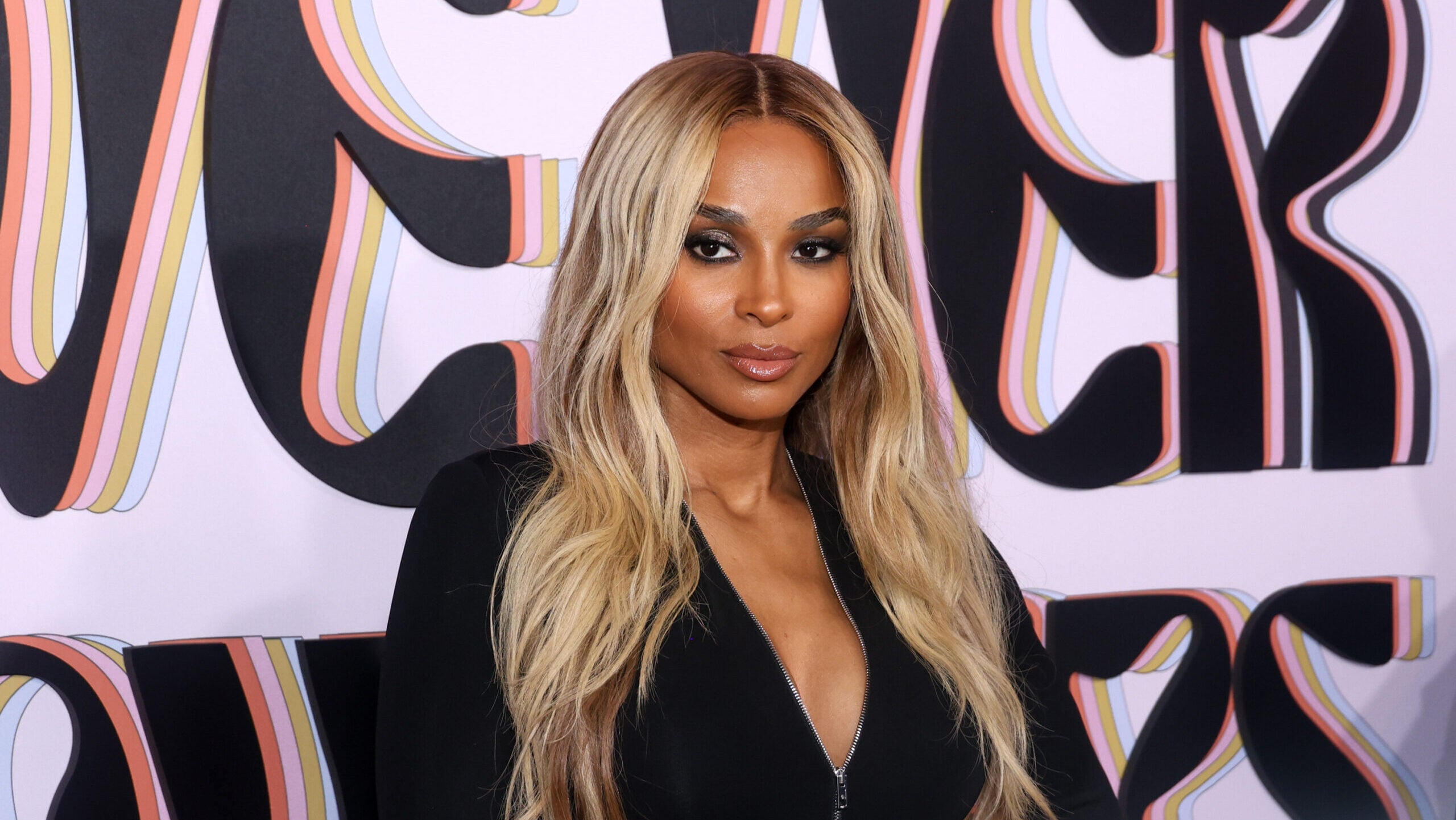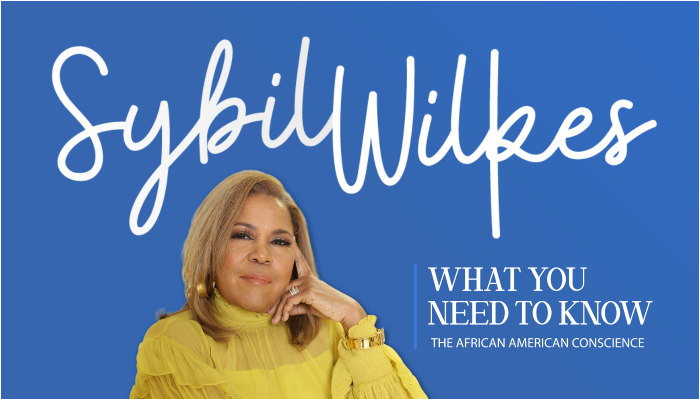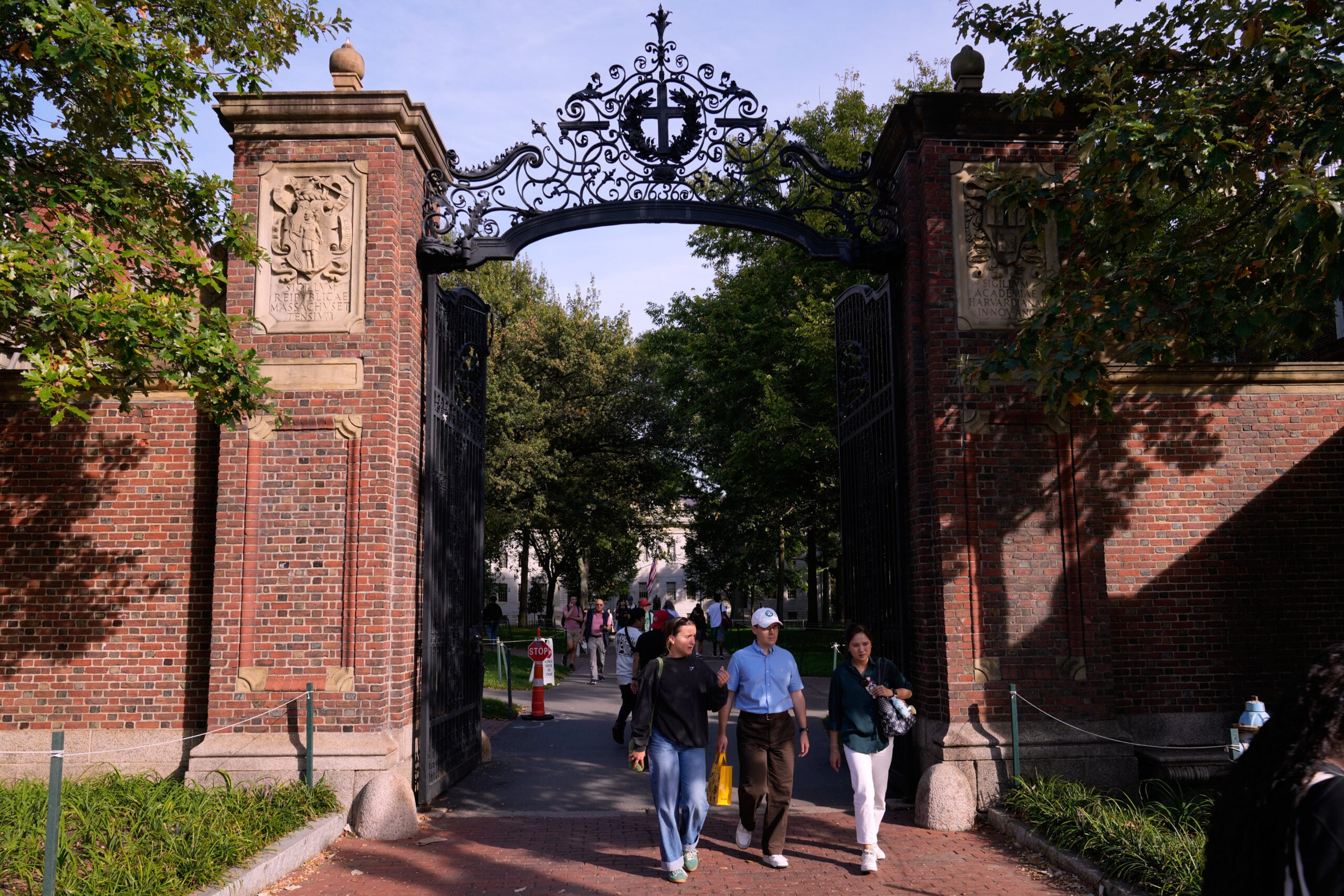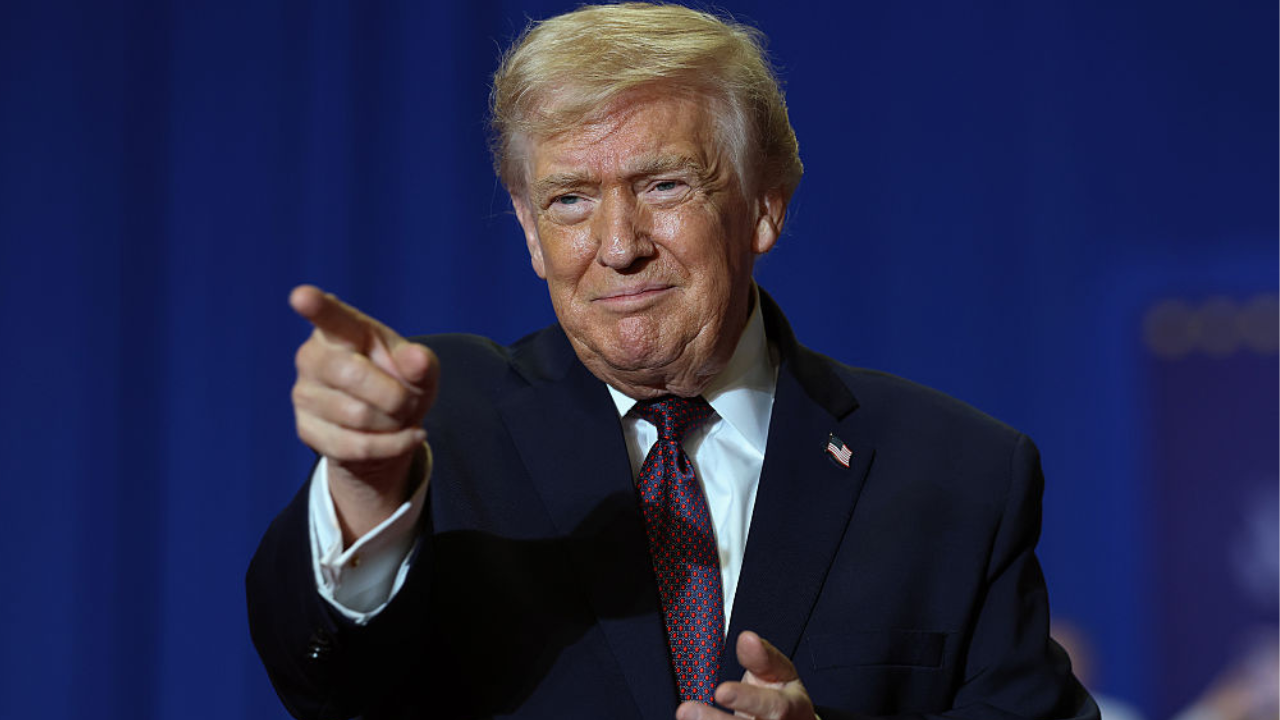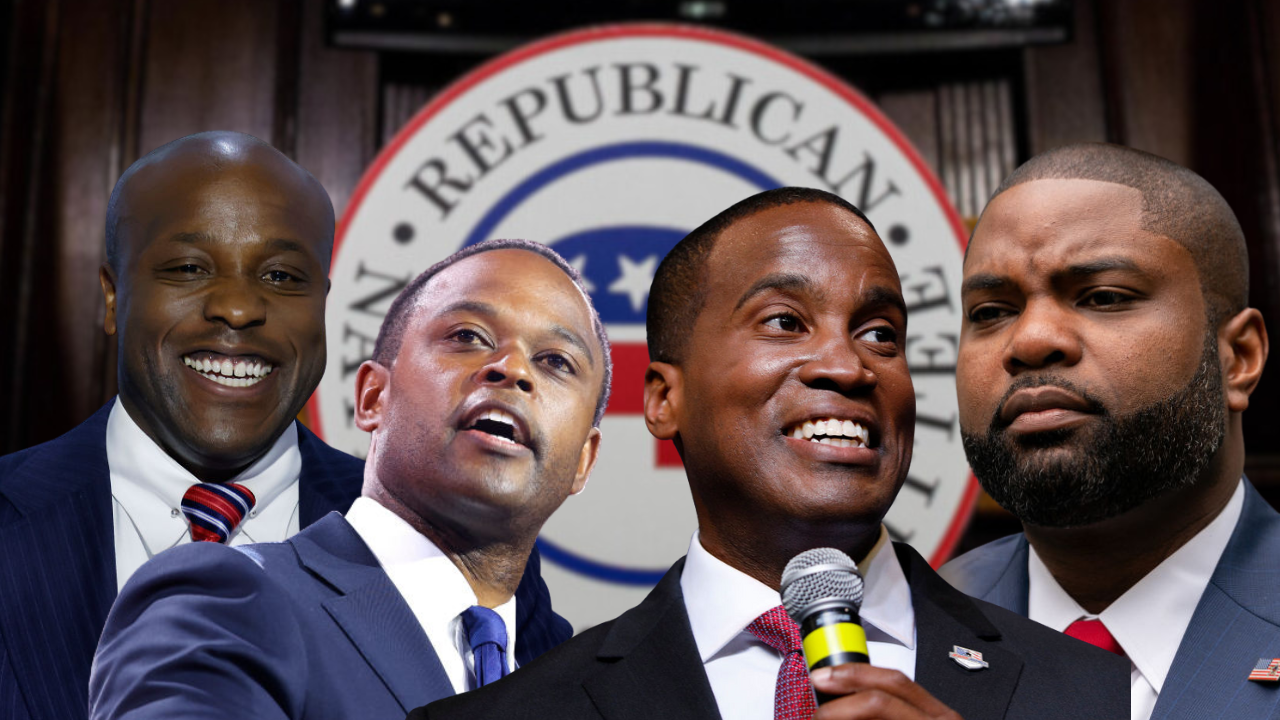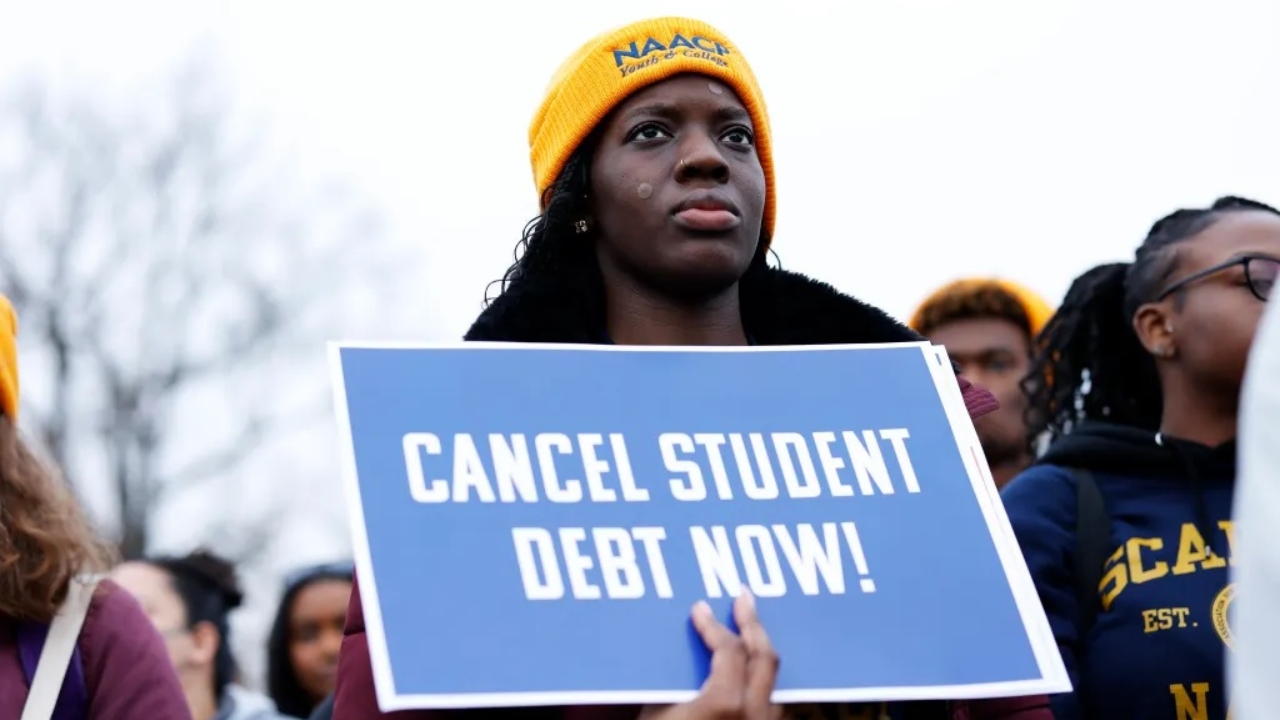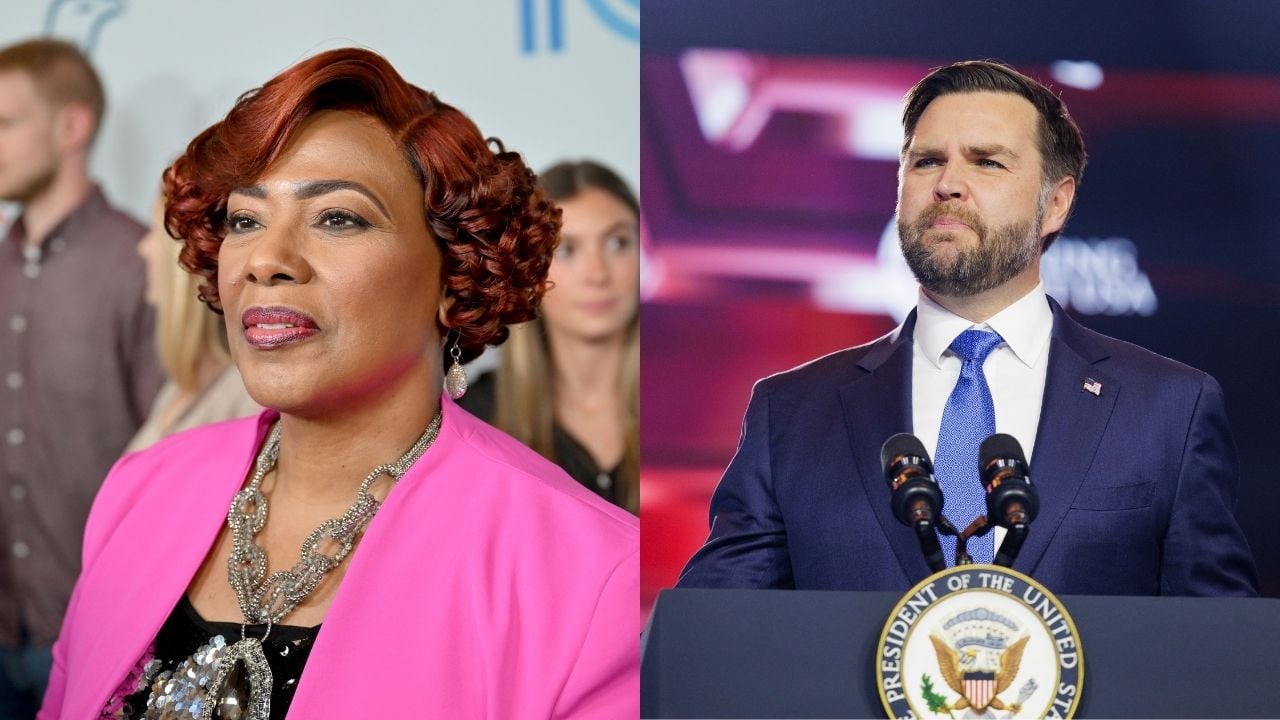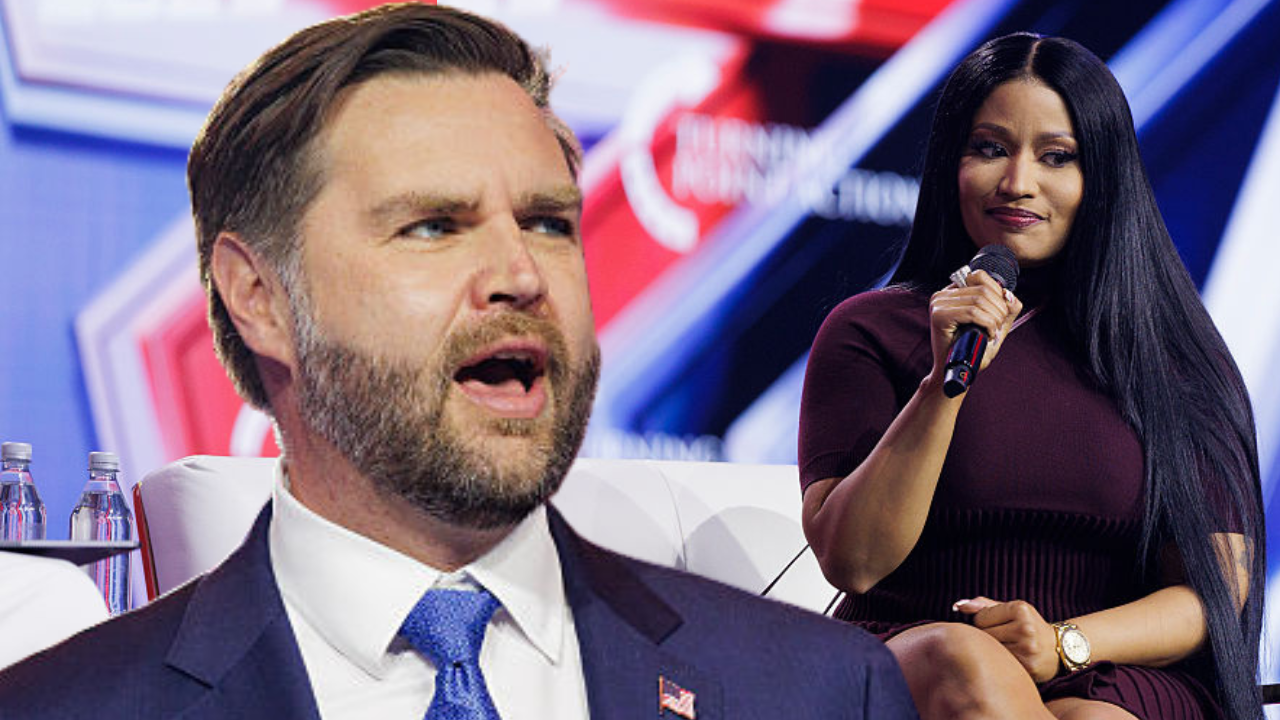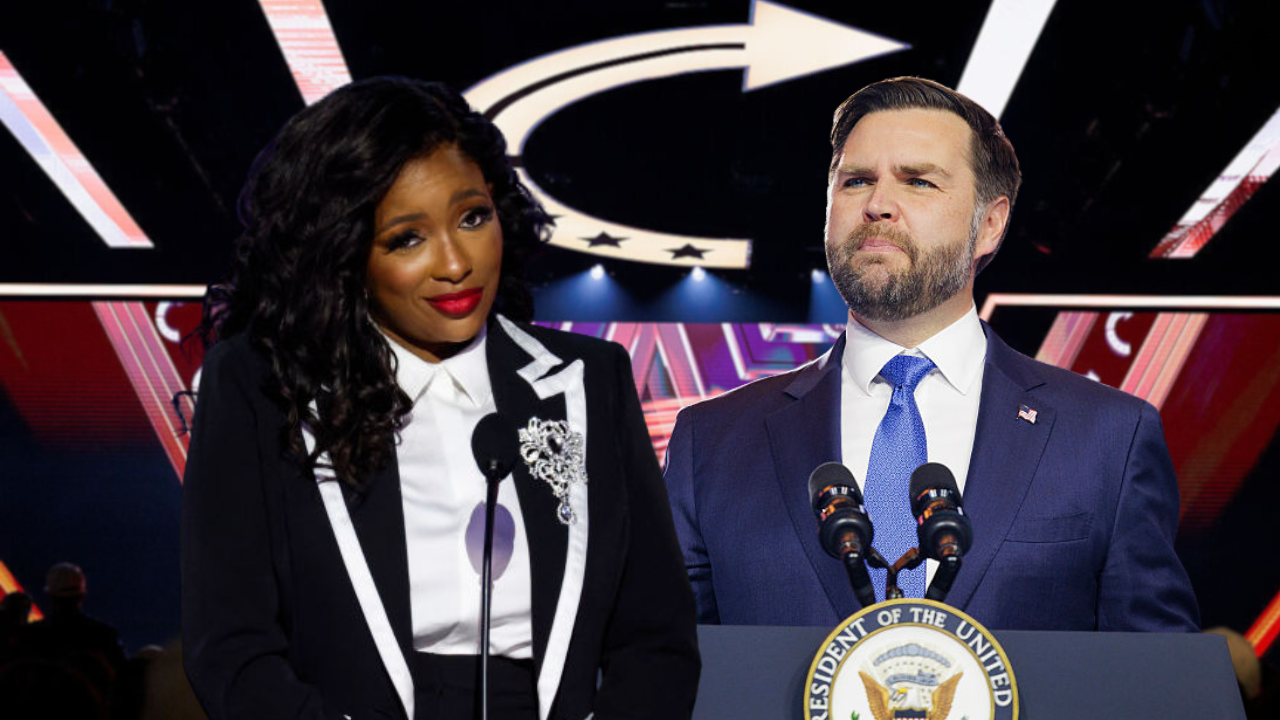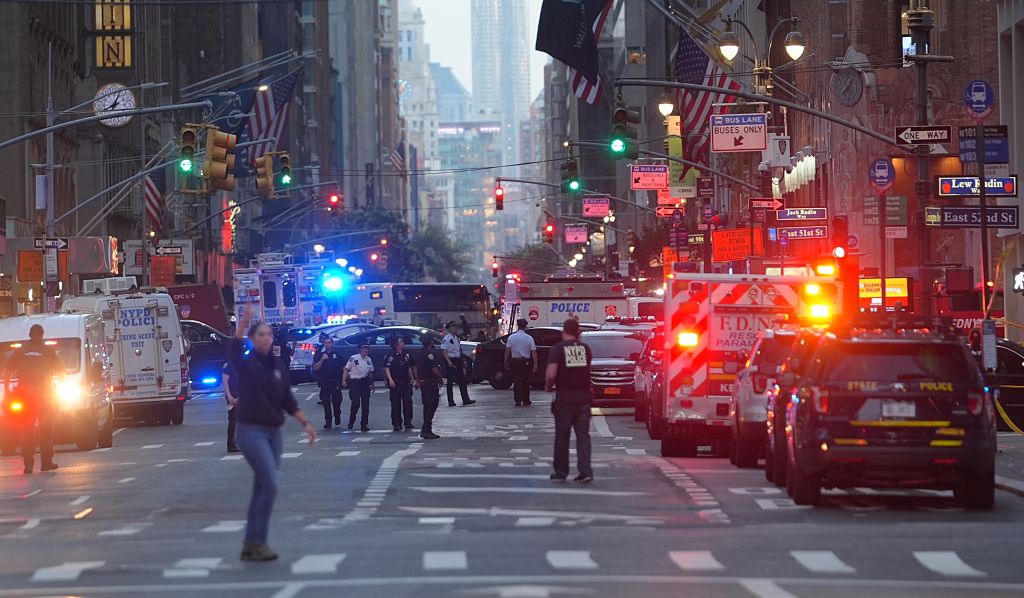Before his slavery remark, in 2017 Trump praised the National Museum of African American History and Culture. Here’s what he said

During his private tour of the NMAAHC during his first term, President Donald Trump said it served as “a meaningful reminder” of “why we have to fight bigotry, intolerance and hatred in all of its very ugly forms.”
President Donald Trump‘s latest remark about slavery has put renewed scrutiny on the Smithsonian museums, which are currently under internal review by the White House to “remove divisive or partisan narratives” and “restore confidence in our shared cultural institutions.”
In a Tuesday Truth Social post, the president appeared to suggest that the topic of slavery was a breach of what his administration considers too “woke.”
“The Museums throughout Washington, but all over the Country are, essentially, the last remaining segment of “WOKE.” The Smithsonian is OUT OF CONTROL, where everything discussed is how horrible our Country is, how bad Slavery was,” wrote Trump.
At the heart of Trump’s targeting of the Smithsonian is the National Museum of African American History and Culture, which has an extensive exhibit on the history of U.S. chattel slavery. The museum, which opened in 2016, details the horrors of slavery, from the kidnapping of Africans and their transport across the Atlantic Ocean to their captivity as free labor, resulting in frequent physical and psychological abuse and murder.
After nearly a decade, the African American museum has become one of Washington, D.C.’s most popular museums, educating Americans and those abroad about the storied history of Black Americans, who endured slavery and racial segregation and yet contributed so greatly to America’s political and cultural evolution and economy.
Trump’s expressed contempt for the Smithsonian and its portrayal of slavery is a departure from his position when he visited the National Museum of African American History and Culture for the first time as president in 2017. At the time, Trump praised the museum for highlighting African-American “incredible heroes,” including abolitionists like Sojourner Truth, Harriet Tubman, and Frederick Douglass, and civil rights activists and scholars like Rosa Parks and Booker T Washington.
“It’s amazing to see,” said President Trump, following a tour of the museum led by Smithsonian Institute Secretary Lonnie Bunch, along with his daughter Ivanka Trump, U.S. Senator Tim Scott, Alveda King, and Ben Carson, then the secretary of the U.S. Department of Housing and Urban Development.
“I could stay here for a lot longer. Believe me, it’s really incredible,” Trump asserted. “I’m deeply proud that we now have a museum that honors the millions of African American men and women who built our national heritage, especially when it comes to faith, culture and the unbreakable American spirit.” 
President Trump, at the time, said the African-American museum was “a meaningful reminder” of “why we have to fight bigotry, intolerance and hatred in all of its very ugly forms.” He said incidents of racism, including antisemitism against Jews, were a “sad reminder of the work that still must be done to root out hate and prejudice and evil.”
During his second term, Trump’s tone on racism in America has drastically evolved. Since reentering office, Trump has signed executive orders aimed at censoring how Black history is taught in classrooms and on college campuses; rolling back civil rights protections intended to redress harms caused to Black Americans; and banning all things his administration considers to be diversity, equity, and inclusion (DEI).
The Trump administration also restored the naming of military bases and the erecting of monuments and statues named after Confederate leaders.
“Anytime we want to discuss what is taking place as it relates to Black people and how they took our labor, how they took our lives, how they ruined families, they never want the truth to come out because it hurts their feelings,” said U.S. Congresswoman Jasmine Crockett on CNN following Trump’s Truth Social complaining about the Smithsonian’s accurate depiction of slavery.
“If we don’t recognize the full history, then we are doomed to repeat it. And frankly…this is a guy that wants to take us back,” said Crockett.
A. Prince Albert, an adjunct professor at Georgetown University Law Center and founder of The Culture Keepers Circle, told theGrio that Trump’s targeting of the NMAAHC is part part of a “crusade” to “erase 406 years (and counting) of “Successes” of peoples of African descent in the United States of America, despite slavery, racial terrorism, lynchings, land dispossession, segregation, education inequity, housing discrimination, nonconsensual medical experimentation, voter suppression, police brutality, and mass incarceration.”
Albert, whose organization works to preserve cultural institutions and artifacts, explained that most exhibits at the AA museum showcase how “African Americans built successful businesses, communities, and institutions despite pervasive systemic oppression.”
Quoting Trump’s Truth Social post, he added, “If the African American story is not “Success” “Brightness” and the “HOTTEST” future that ever happened for a people whose ancestors were brought over in chains, I don’t know what is.”
Albert warned that, based on the Trump administration’s actions and rhetoric thus far, he fears the next step is deaccession, which is the formal removal of cultural resources from public collections. “Deaccession is a critical first step in erasing our collective cultural memory,” he told theGrio.
The cultural expert explained, “Museums, especially those like the Smithsonian, serve as a public trust, and their purpose is to tell the complete story, not only the comfortable parts.”
Albert added, “Instead of attacking our cultural institutions, we should be supporting them. Our history is too valuable to be a victim of censorship or political agendas.”

Gerren Keith Gaynor is a White House Correspondent and the Managing Editor of Politics at theGrio. He is based in Washington, D.C.
What's Your Reaction?
 Like
0
Like
0
 Dislike
0
Dislike
0
 Love
0
Love
0
 Funny
0
Funny
0
 Angry
0
Angry
0
 Sad
0
Sad
0
 Wow
0
Wow
0




